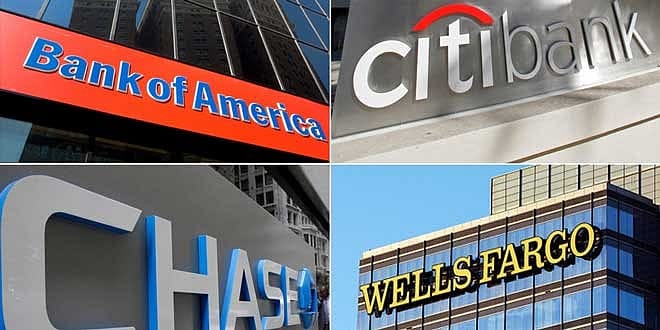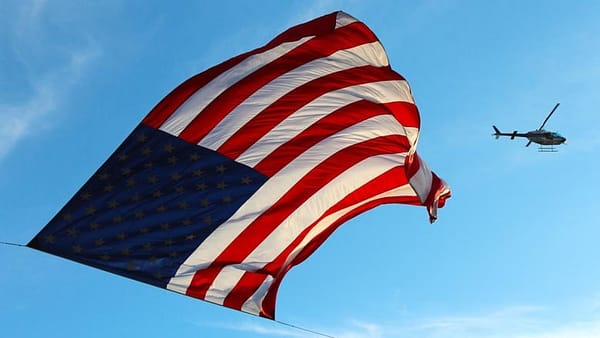Today’s Banks Resemble Zuzu’s Petals (Break Them Up)

As Americans were lounging comfortably over the 4th of July holiday, they were surely feeling a sense of new-found serenity. Not because they were full of burgers, barkers, and beer. On the contrary, they were digesting the news that 34 of the nation's largest banks, for the first time since the financial crisis began a decade ago, all passed the Federal Reserve's annual "stress tests," which, according to The Wall Street Journal, "could bolster the industry's case for cutting back regulation." But hold the match before lighting leftover fireworks in celebration. Break up the banks first.
Remarkably, the five largest banks today — JPMorgan Chase Bank, Bank of America, Citibank, Wells Fargo Bank, US Bank — now control approximately 45 percent of the financial industry's total assets or roughly $7.3 trillion in assets. To put that number in perspective, the size of the U.S. economy is roughly $18 billion.

